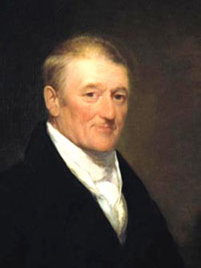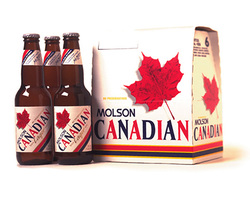The Chateau Clique
Key Points

- Wealthy landowners from Lower Canada (John Molson, James Mcgill)
- Dominated by English business people
- Had the most political power (Brewers and Bankers)
- The "government" of Lower Canada
- Oligarchy
- Opposition: Joseph Papineau
More info CLick HEre
- Dominated by English business people
- Had the most political power (Brewers and Bankers)
- The "government" of Lower Canada
- Oligarchy
- Opposition: Joseph Papineau
More info CLick HEre
Summary

The Chateau Clique was basically a small group of wealthy, English business men and landowners of Lower Canada. They were the equivalent to the Family Compact in Upper Canada. The small group of leaders had the most political power in lower Canada, they determined laws, punishments, rights of land etc. They were an unsuitable government for the people of Lower Canada due to unequal taxation, discrimination toward French-Canadians and focused mainly on the wants and needs of the wealthier citizens of Lower Canada. The most notable leaders of the Chateau Clique are James Mcgill and John Molson.
View Château Clique and over 3,000,000 other topics on Qwiki.
